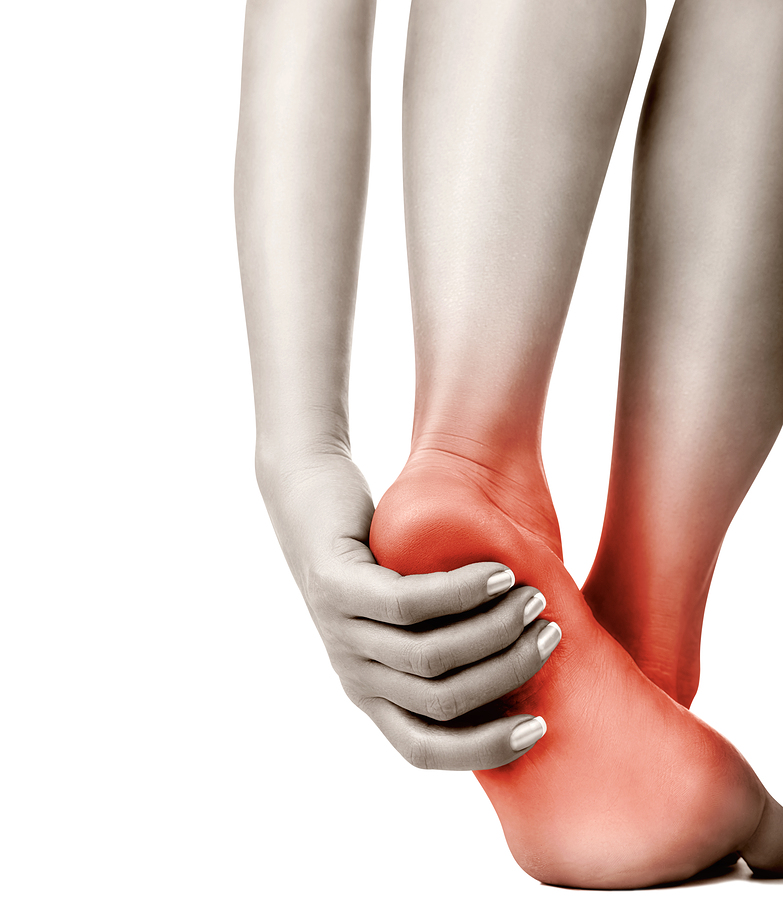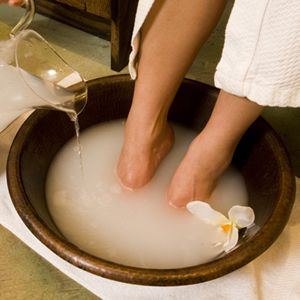Diabetes is a demanding disease, so it can affect your life in many ways. Managing your diabetes can be stressful. The way you feel when your blood glucose levels are low or really high adds to the stress. On top of that, there are the worries that you might develop complications, and the burden of dealing with any complications you may already have. It is no wonder that many people feel that diabetes affects their quality of life.
Why is quality of life important for people with diabetes?
Part of the answer is obvious: everyone wants to have the best possible quality of life. It just feels good to be satisfied and happy. But there is another reason, as well. Just as diabetes can affect your quality of life, your quality of life can affect your diabetes. When you are feeling good about your life in general and about your life with diabetes in particular, you have more energy to take good care of your diabetes. And when you take good care of yourself, you are likely to feel better day-to-day and to stay healthier in the long run. Feeling better and staying healthy give a further boost to your quality of life. So good quality of life activates a self-reinforcing positive cycle.








